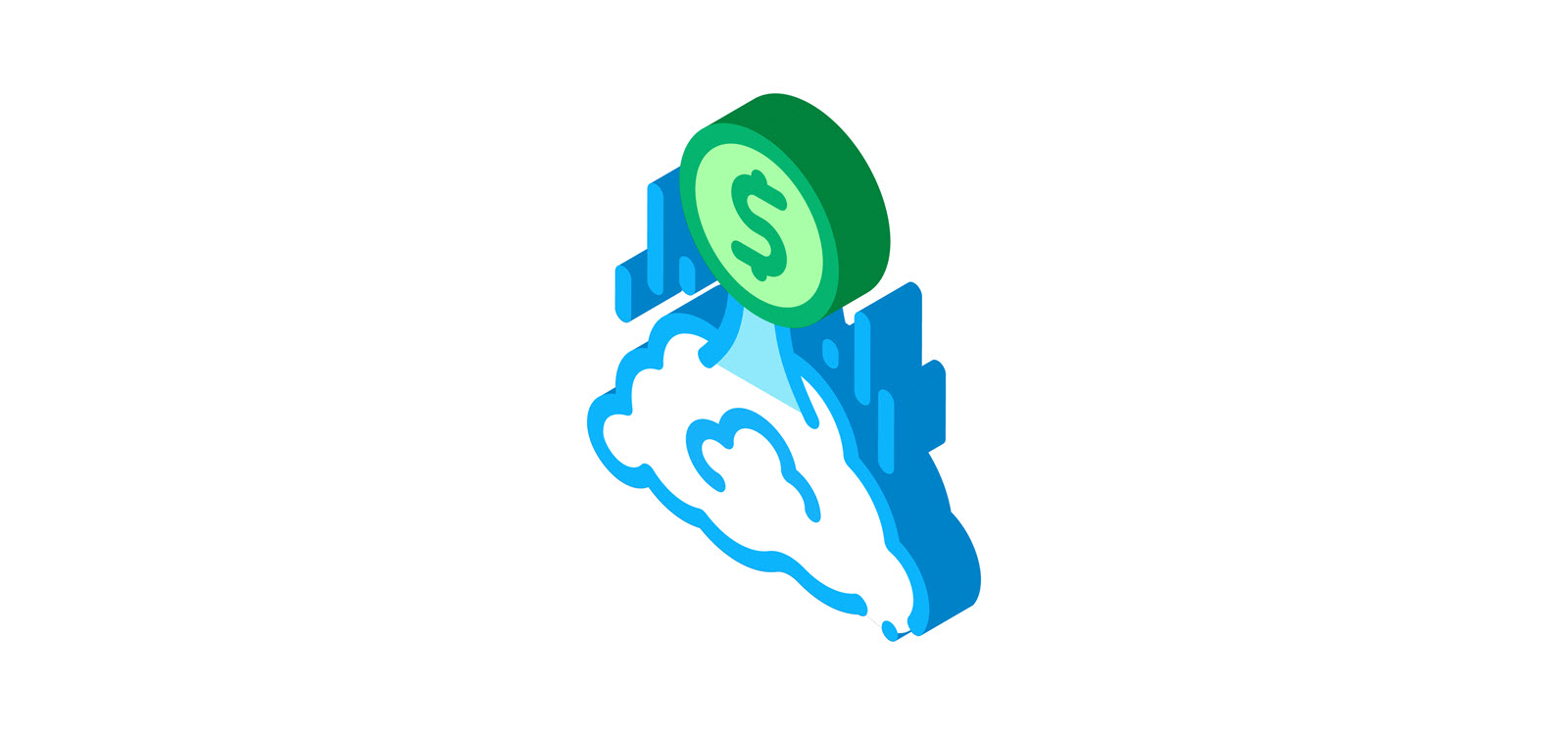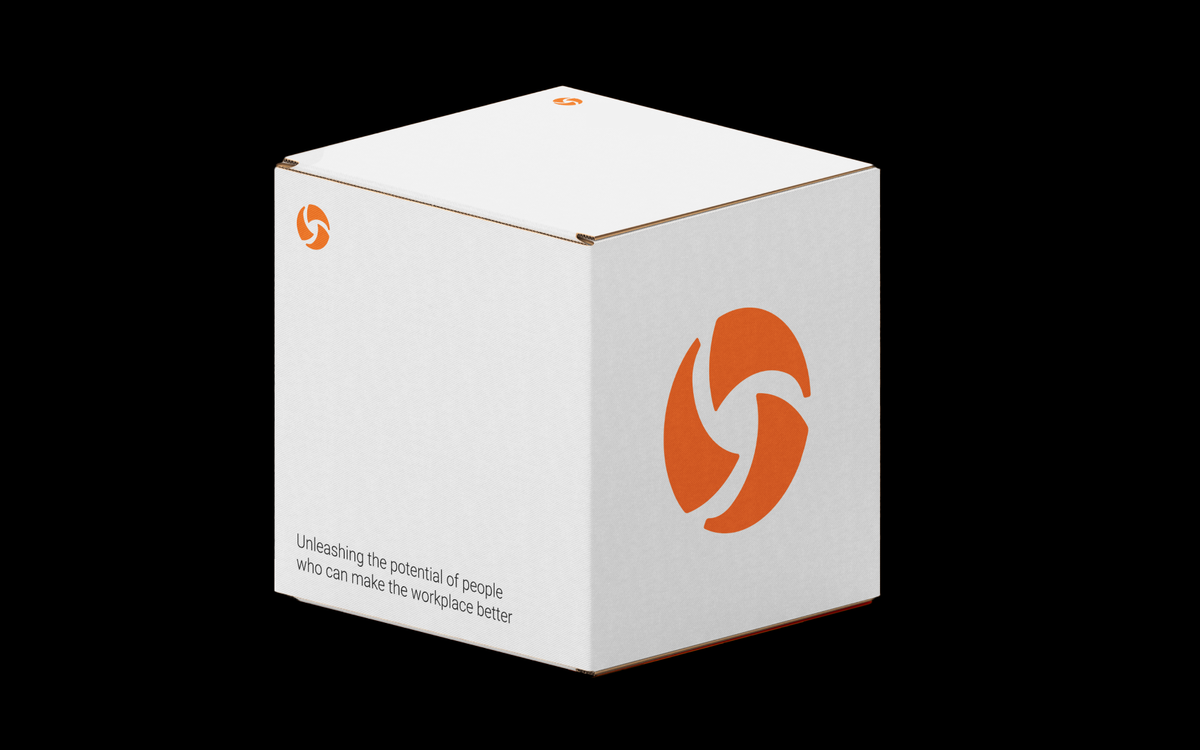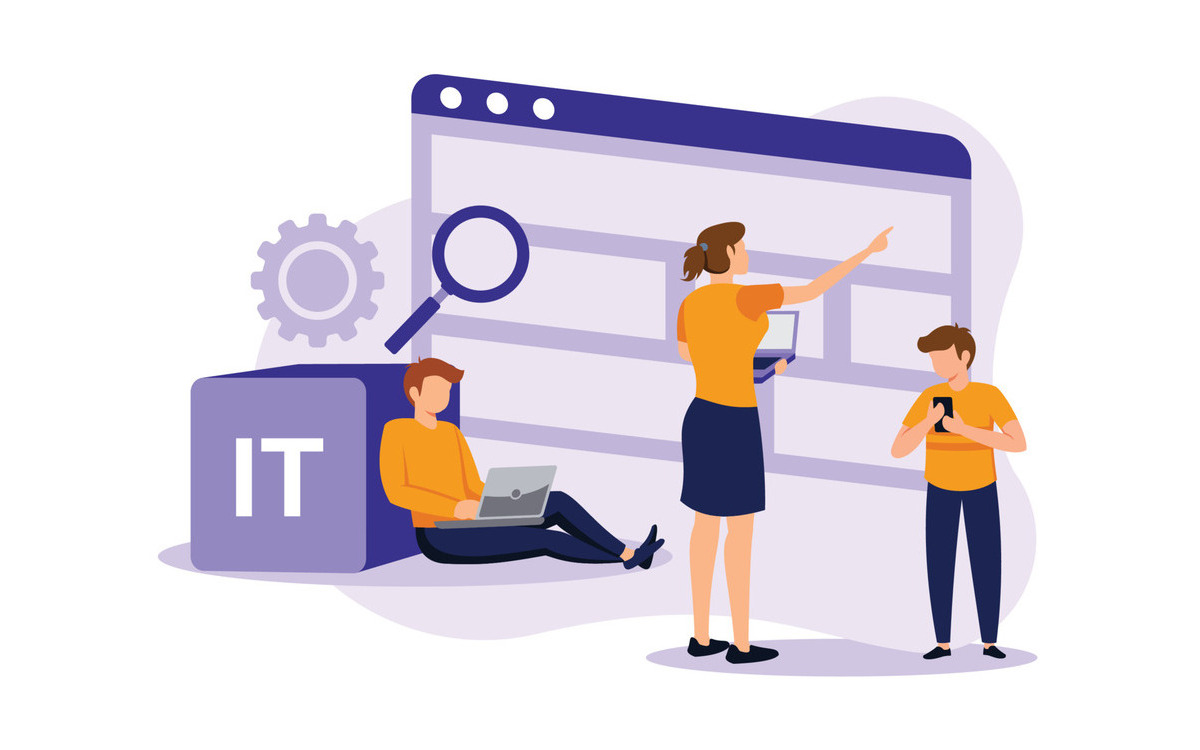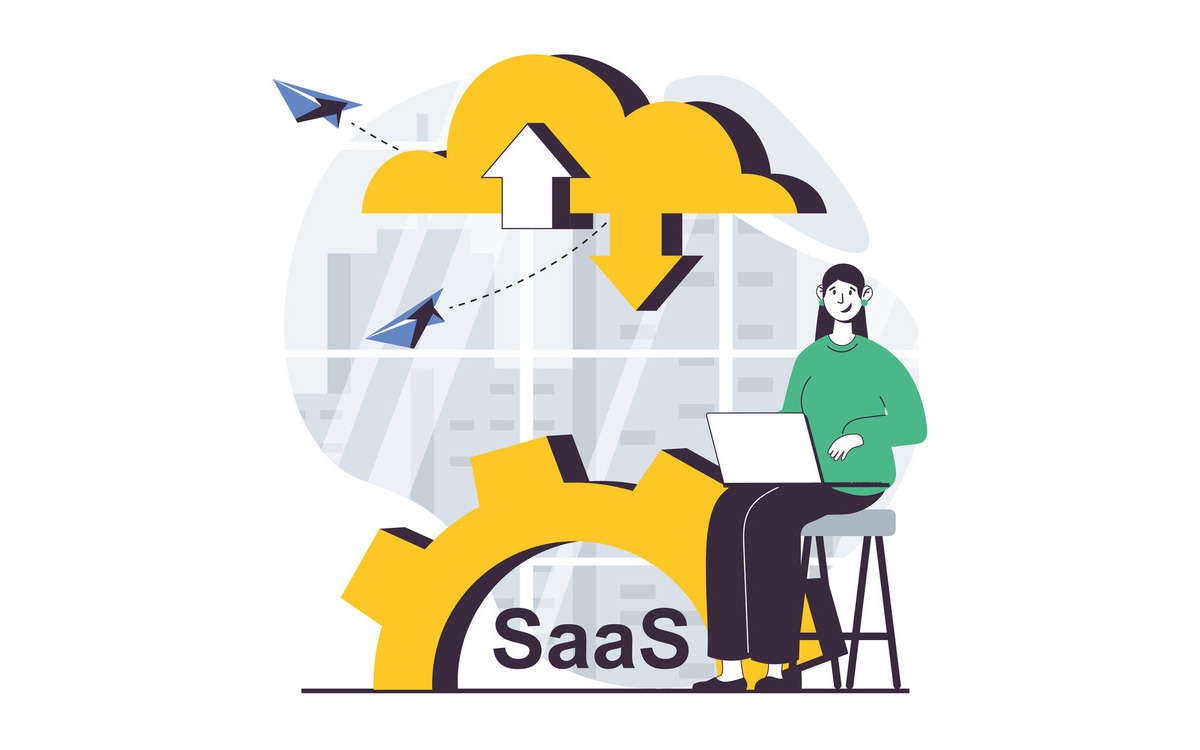Software as a Service (SaaS) products are integral to modern businesses as they streamline operations and enhance customer experiences, leading to their widespread adoption. However, with these benefits come challenges, especially in cost management.
As companies incorporate more SaaS tools, the associated costs rise. Unutilized licenses and overlapping applications add to expenses. Additionally, there’s the challenge of shadow IT, where employees use unsanctioned software. The real task isn’t just selecting the right SaaS tools but managing them for maximum ROI.
This is where specialized SaaS management tools become crucial. As SaaS portfolios expand, IT managers, CTOs, and MSPs need tools that give a comprehensive view of all software assets, aiding in informed decision-making.
In this article, we’ll uncover the concealed costs of SaaS and demonstrate how adept SaaS management can yield substantial cost savings.
Achieving Comprehensive Financial Insight with 360° Visibility
A 360° financial perspective goes beyond merely listing subscribed SaaS products. It delves into the intricate user dynamics behind these subscriptions. Questions like who has access to specific tools, whether they’re maximizing their usage, and if there are dormant licenses become central to IT management.
For instance, imagine a company that procures 100 licenses for a project management tool, anticipating the needs of its team. But in reality, only 70 licenses are in active use. The unused 30 licenses represent wasted resources. When such scenarios play out across various SaaS tools, the financial burden can be substantial.
Moreover, consider an employee who departs from the company but retains software access. This oversight not only presents a security concern but also means the company is funding an unused license.
Shadow IT further complicates the landscape. When employees turn to unsanctioned software, it can result in data fragmentation, potential security breaches, and overlapping costs if multiple departments unknowingly fund the same tool.
Unused License Seats: The Silent Budget Drainers
Budgeting is a cornerstone of any organization, and in the IT domain, where costs can surge unexpectedly, vigilance is crucial. However, a frequent oversight that burdens many IT budgets is unused license seats.
Consider the analogy of ordering a lavish meal but only eating half. The financial wastage is palpable. In the same vein, funding unused SaaS licenses is akin to squandering resources. Over time and across multiple tools, these costs can accumulate.
Several factors contribute to this issue:
- Rapid Expansion: Fast-scaling companies might preemptively buy licenses, leading to immediate underuse.
- Staff Changes: As employees transition roles or leave, their software privileges might remain unchanged, resulting in inactive licenses.
- Inadequate Monitoring: The absence of a unified tracking system can obscure the real picture of software usage.
To address this challenge, organizations can:
- Conduct Periodic Reviews: Regularly assess software licenses to pinpoint and address inactive ones. Solutions like Josys can streamline this, offering timely insights.
- Optimize Resource Allocation: Reassign unused licenses to other team members or departments to ensure optimal utilization.
- Reassess Subscription Plans: If a tool consistently has surplus licenses, consider opting for a more suitable plan to achieve cost savings.
- Streamline Offboarding: Ensure that departing employees’ software privileges are promptly revoked, making the license available for others.
Maximizing Value: The Nuances of License Utilization
In the realm of SaaS management, understanding the difference between assigned and utilized licenses is pivotal. At a glance, they might seem synonymous, but discerning between them can lead to substantial cost savings.
Assigned vs. Utilized: The Distinction
An assigned license is allocated to a specific user, granting them tool access. However, an assignment doesn’t guarantee active use. That’s where utilized licenses come in, indicating the software’s active engagement by the assignee.
Consider a company with 100 assigned licenses, but only 70 are actively engaged. The dormant 30 licenses represent a financial inefficiency.
Strategies for Enhanced Utilization:
- Usage Analytics: Tools like Josys provide insights into user engagement, highlighting underutilized licenses.
- Regular Feedback: Engage with staff to understand their software needs and challenges, offering insights into utilization.
- License Rotation: Rotate licenses among employees needing intermittent software access, ensuring optimal utilization.
- Focused Training: Equip employees with the knowledge to exploit a tool’s features, enhancing utilization fully.
- Reassess Tool Relevance: Consistently low utilization might indicate the tool’s diminishing relevance to the organization.
Unmasking Shadow IT: The Hidden Financial Culprit
Think of Shadow IT as those software tools and apps that employees in a company start using on their own, without getting approval from the IT team. At first, they might seem like a good idea or even a quick fix, but they can end up costing a lot of money and, worse, might open the door to security issues:
- Duplication of Costs: Without central oversight, different departments might independently purchase the same software, leading to unnecessary expenses.
- Security Vulnerabilities: Non-approved software might not adhere to the organization’s security standards, potentially exposing sensitive data to risks.
- Integration Challenges: Shadow IT tools might not integrate seamlessly with other enterprise systems, leading to inefficiencies and data silos.
Consolidation: The Key to Curbing Shadow IT Costs
One of the most effective strategies to combat the financial implications of shadow IT is consolidation. By centralizing app purchases and approvals, organizations can:
- Secure Bulk Discounts: Centralized purchasing often yields better pricing.
- Eliminate Overlaps: Central oversight prevents redundant tool funding.
- Streamline Support: Fewer tools simplify IT support, reducing operational costs.
App Consolidation: Streamlining for Savings and Synergy
Consider a scenario in which one department uses Asana for task management, another adopts Wrike, and a third implements ClickUp. While each tool may have its merits, the lack of standardization can lead to:
- Collaboration Barriers: Varied platforms can hinder inter-departmental cooperation.
- Training Overheads: Multiple tools complicate and prolong the onboarding process.
- License Tracking Challenges: Managing diverse tool licenses can be inefficient.
The Case for Unification
Consolidating app usage offers a streamlined approach to software management:
- Enhanced Collaboration: When the entire organization uses a unified set of tools, cross-departmental collaboration becomes seamless.
- Cost Savings: By standardizing on a select set of tools, organizations can negotiate better pricing and reduce the overall software spend.
- Simplified Training: With fewer tools in the mix, training new employees becomes more straightforward, leading to faster onboarding and increased productivity.
Mastering Subscription Management for Optimal Negotiations
Every detail matters. Logging subscription renewal dates, the number of licenses, cost structures, and even usage patterns can provide a wealth of information. This data becomes invaluable when it’s time to renegotiate contracts with vendors. Armed with insights, IT managers can:
- Identify Redundancies: Highlight overlapping subscriptions.
- Forecast Needs: Historical data can predict future requirements.
- Enable Proactive Management: Detailed insights empower better vendor negotiations.
Conclusion
As we’ve journeyed through the intricacies of SaaS cost optimization, one thing becomes abundantly clear: the future of IT operations hinges on effective SaaS management.
The challenges are substantial, from unused licenses to shadow IT, but with the right tools and strategies, organizations can navigate this landscape with confidence.
Tools like Josys are not just facilitators; they’re game-changers. By offering unparalleled insights, automation, and proactive management features, they empower organizations to transform their SaaS spending from a potential financial drain to a source of significant savings.



